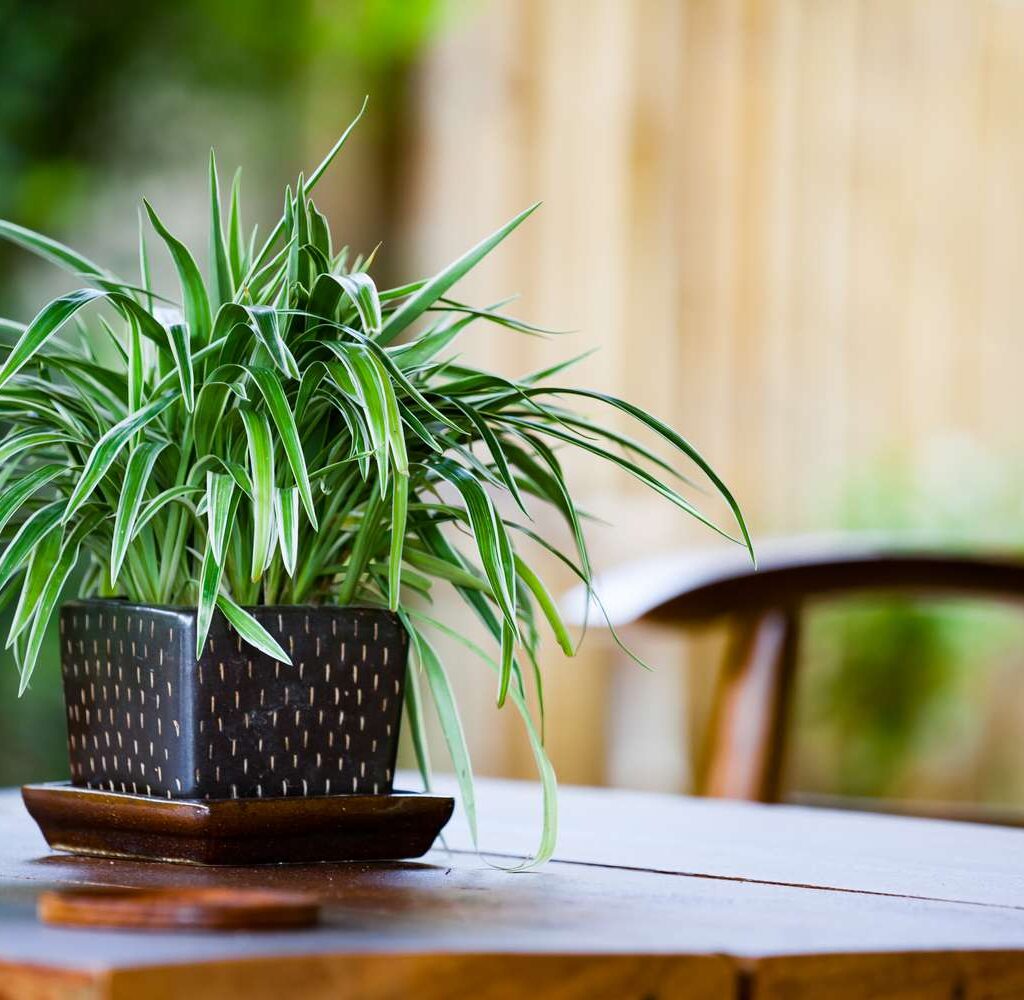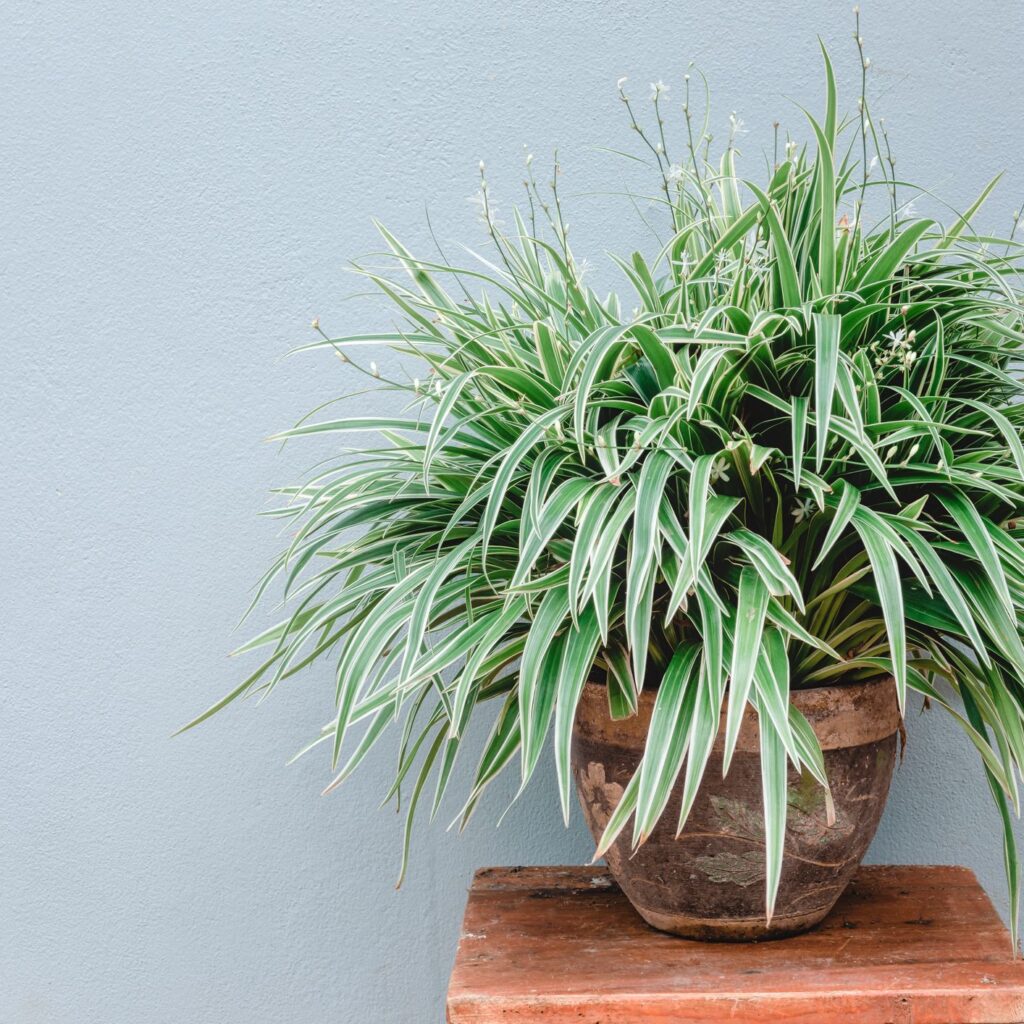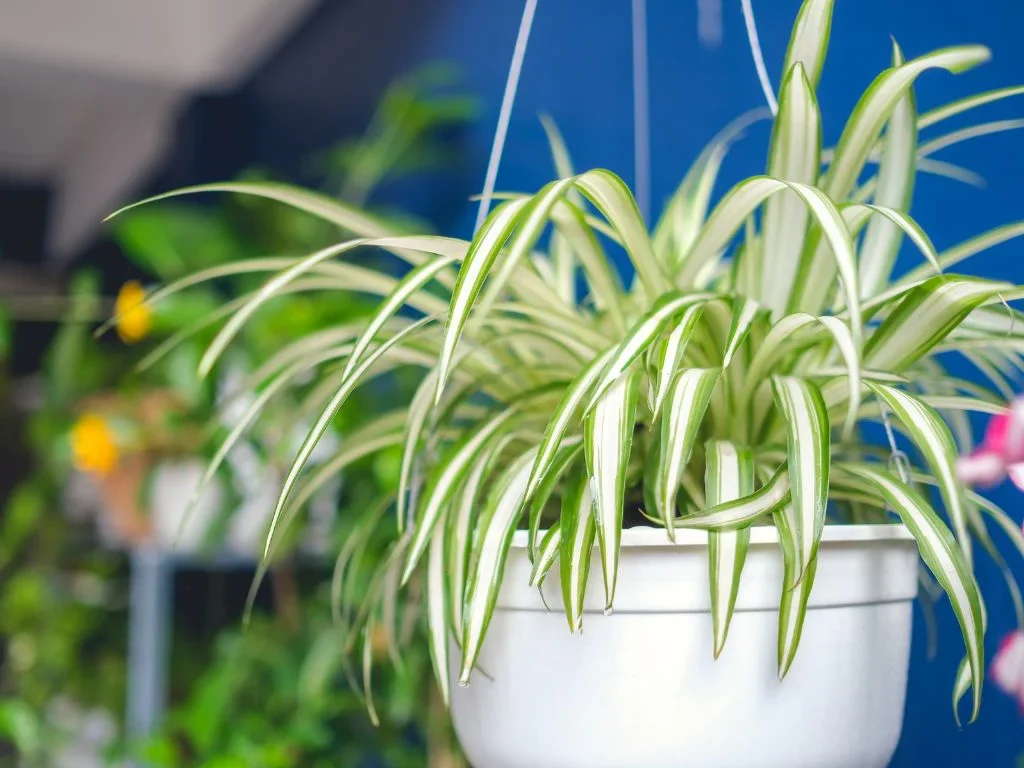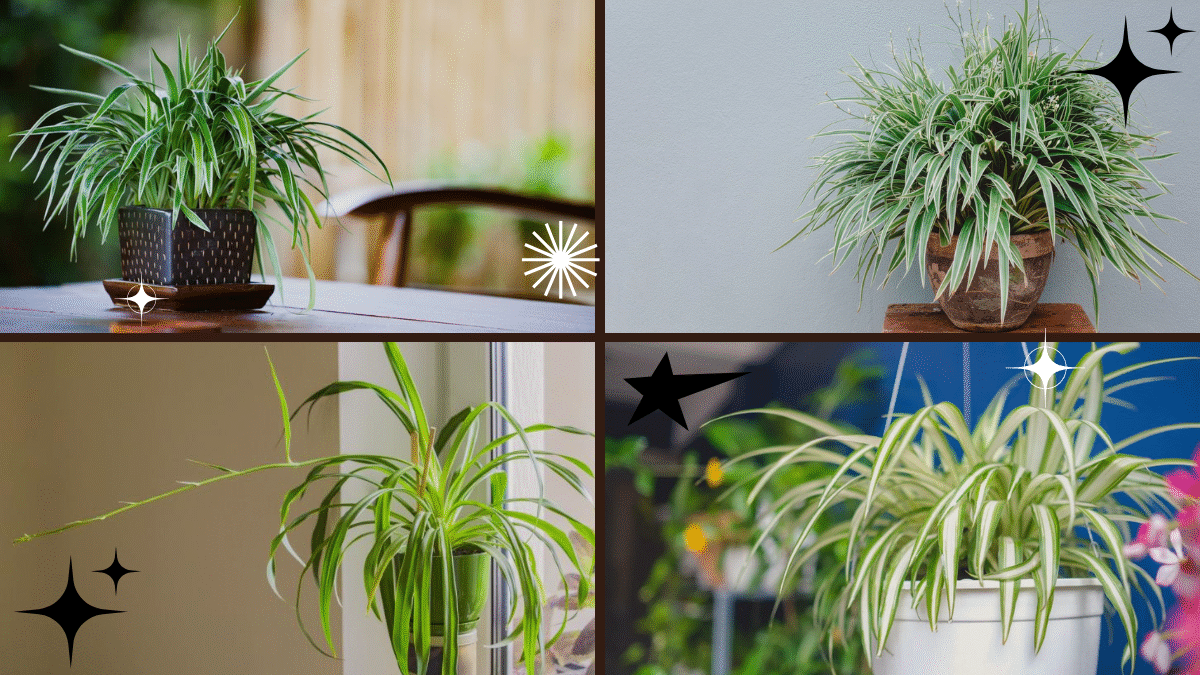Spider plants (Chlorophytum comosum) have earned their place as one of the most popular and easiest houseplants to grow. Known for their long, arching leaves with striking green-and-white stripes, and their charming “baby” plantlets that dangle from the mother plant, spider plants offer effortless beauty and air-purifying benefits for any indoor space.
Whether you’re a first-time plant parent or an experienced gardener, this guide will walk you through how to care for spider plants for beautiful greenery — covering everything from light preferences and watering to propagation and pest prevention.

Why Choose a Spider Plant?
Before diving into care techniques, it’s worth understanding why spider plants are beloved by plant enthusiasts worldwide:
- Low-maintenance and forgiving
- Attractive, fountain-like foliage
- Produces adorable baby plantlets (spiderettes)
- Excellent air purifiers — remove harmful indoor toxins
- Non-toxic to pets (mildly hallucinogenic for cats but generally safe)
These hardy, fast-growing plants are ideal for brightening up homes, offices, or shaded patios.
Ideal Growing Conditions for Spider Plants
Creating the right environment is key to keeping your spider plant lush and healthy. Let’s break down their preferred growing conditions.
Light Requirements
Spider plants thrive in:
- Bright, indirect light for optimal growth
- Tolerates low-light conditions but with slower growth and less variegation
- Avoid direct sun, especially through windows, as it can scorch the leaves
Tip: East or north-facing windows are perfect, or place them near a bright window with a sheer curtain.
Temperature and Humidity
Native to tropical regions of Africa, spider plants prefer:
- Temperature: 60°F–80°F (16°C–27°C)
- Humidity: Average household humidity (40%–60%)
They can handle occasional dips but should be kept away from cold drafts, heaters, or air conditioning vents.
Bonus: They love humid bathrooms and kitchens!
Soil Type
Spider plants need a lightweight, well-draining soil to prevent soggy roots.
- Use a general-purpose houseplant potting mix
- For extra drainage, mix in a handful of perlite or coarse sand

How Often to Water a Spider Plant
One of the easiest ways to care for your spider plant is to learn its watering rhythm. Overwatering is a common mistake, so keep an eye on soil moisture.
Watering Schedule:
- Spring and summer (active growth): Water every 7–10 days
- Fall and winter (dormant season): Water every 2–3 weeks
- Always let the top 1–2 inches of soil dry out before watering again
Watering tip: Use distilled, rainwater, or filtered water when possible. Spider plants can be sensitive to fluoride and chlorine in tap water, which may cause brown leaf tips.
Fertilizing Spider Plants
Though not heavy feeders, spider plants appreciate occasional fertilization to support their lush, arching foliage.
- Type: Balanced, water-soluble houseplant fertilizer (e.g., 10-10-10)
- Frequency: Every 4–6 weeks during spring and summer
- Avoid fertilizing in winter when growth naturally slows
Tip: Dilute the fertilizer to half the recommended strength to avoid leaf tip burn.

Repotting Spider Plants
Spider plants are fast growers and can become root-bound quickly. Signs it’s time to repot:
- Roots circling inside the pot
- Water running straight through the pot
- Stunted growth
When to Repot:
Every 1–2 years, ideally in spring
How to Repot:
- Gently remove the plant from its pot
- Shake off old soil and trim any dead roots
- Place in a slightly larger pot (1–2 inches wider) with fresh soil
- Water lightly and return to indirect light
Tip: Spider plants like being slightly snug in their pots, so don’t oversize the container.

Pruning and Grooming
To keep your spider plant looking neat and healthy:
- Remove brown or yellow leaves by snipping at the base with sterile scissors
- Trim brown leaf tips just above the discolored section
- Remove any dead or wilted plantlets to encourage new growth
Leaf tip browning is common and usually caused by overwatering, poor drainage, or fluoride in water.
Propagating Spider Plants
One of the most rewarding aspects of spider plants is their easy propagation. Mature plants produce small offshoots or “babies” on long runners, which can be rooted to create new plants.
How to Propagate Spider Plant Babies:
In Water:
- Snip off a healthy baby with a few leaves
- Place the base in a jar of water, submerging only the root nodes
- Change the water every few days
- Once roots are 1–2 inches long, pot in soil
In Soil:
- Place baby directly in moist potting soil
- Keep soil slightly damp until roots establish
- After a few weeks, treat as a mature plant
Bonus Tip: You can leave the plantlets attached to the mother plant while rooting in a nearby pot, then separate once established.
Common Pests and Problems
Though spider plants are generally hardy, they can encounter a few issues:
Pests:
- Spider mites: Fine webbing and speckled leaves
- Aphids: Tiny green or black insects on new growth
- Mealybugs: White, cottony masses on leaves
Solution: Wipe leaves with insecticidal soap or neem oil spray.
Diseases:
- Root rot: Caused by overwatering. Always allow soil to dry between waterings.
- Leaf browning: Often due to fluoride/chlorine in water, over-fertilizing, or low humidity.
Preventative care: Use distilled or rainwater, maintain good air circulation, and avoid overfeeding.
Benefits of Spider Plants
Beyond their easy-care nature, spider plants offer several home and health benefits:
- Air Purification: According to NASA’s Clean Air Study, spider plants can remove formaldehyde, carbon monoxide, and other indoor toxins.
- Pet-Friendly: Safe for cats and dogs (though excessive chewing might upset their stomachs).
- Decorative Appeal: Perfect for hanging baskets, high shelves, or tabletops with cascading foliage.
- Natural Humidifier: Helps increase moisture in dry indoor air.
Fun Spider Plant Varieties to Try
Want to expand your spider plant collection? Explore these beautiful cultivars:
- ‘Variegatum’ – Classic green leaves with white edges
- ‘Vittatum’ – Bright white central stripe on green leaves
- ‘Bonnie’ – Compact, curly leaves with green and white striping
- Solid Green – All-green variety with no variegation (rare but striking)
Final Thoughts
Spider plants are truly one of the most charming, adaptable, and beginner-friendly houseplants you can grow. With their graceful, cascading leaves, ability to clean your indoor air, and delightful plantlets to share, they add instant freshness and greenery to any space.
By providing them with bright, indirect light, well-draining soil, and occasional watering once the soil dries, your spider plant will flourish for years, rewarding you with beautiful greenery and abundant offspring.





Leave A Comment